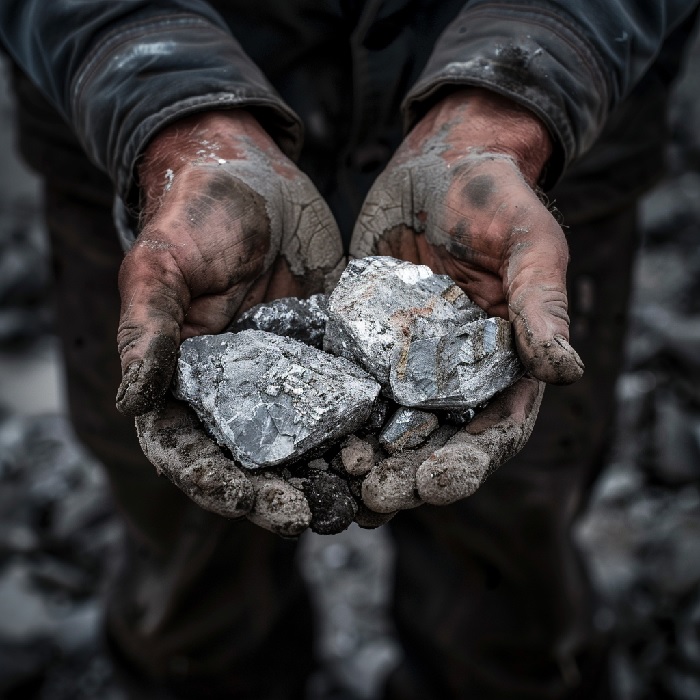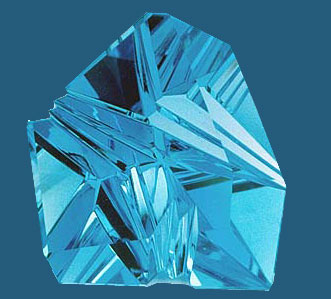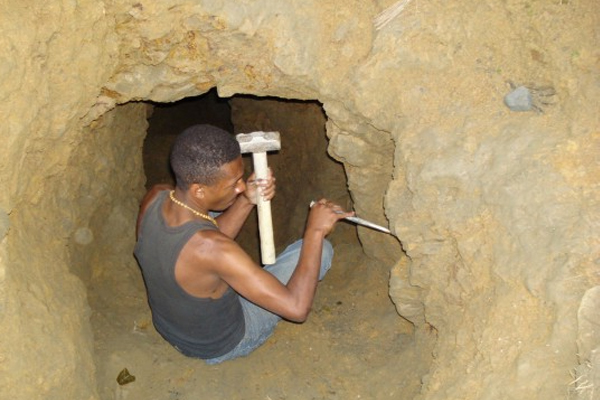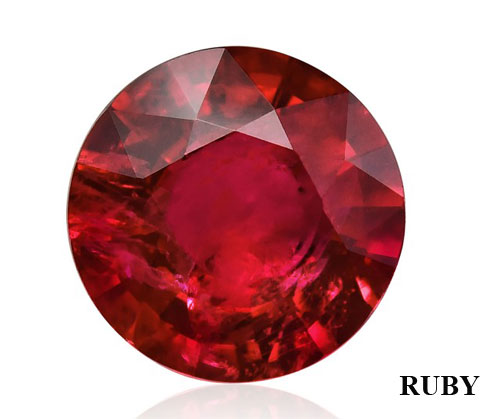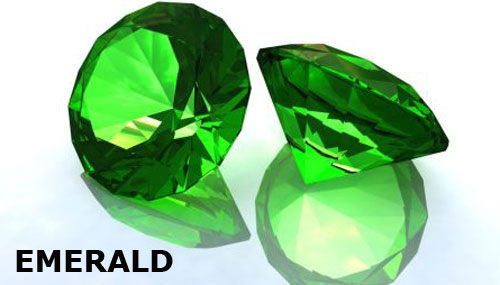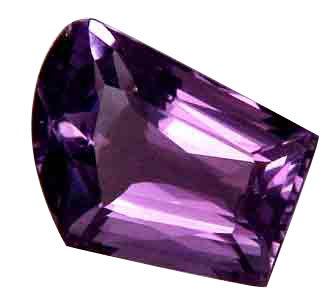Lithium Mining
LITHIUM :
Lithium, symbolized by Li and atomic number 3, is a soft alkali metal exhibiting a silver-white hue. It holds the distinction of being the lightest metal and the least dense solid element under standard conditions. Displaying typical characteristics of alkali metals, lithium is highly reactive, readily corroding upon exposure to moisture, forming a dark tarnish. As a precaution, lithium metal is typically stored submerged in oil to prevent such reactions.
Referring to theory, lithium was one of the few elements synthesized in the Big Bang, although its abundance has significantly decreased. The reasons for its decline and the process by which new lithium is formed remain significant subjects of study in astronomy. Lithium is the 33rd most abundant element on Earth, but due to its high reactivity, it only appears in nature in the form of compounds. Lithium occurs in a variety of pegmatite minerals but is also commonly extracted from brines and clays on a commercial scale. Lithium metal is isolated electrolytically from a mixture of lithium chloride and potassium chloride.
Small amounts of lithium are present in the oceans and in various organisms, though the element serves no noticeable genetic function in humans. However, the neurological effects of the lithium metal ion Li+ result in certain lithium salts functioning as a class of mood-stabilizing drugs.
Lithium and its compounds have several other beneficial applications, including heat-resistant glass and ceramics, high-strength-to-weight alloys used in aircraft, and lithium batteries. Additionally, lithium has significant connections to nuclear physics; the splitting of lithium atoms marked the first man-made form of nuclear reaction and serves as the fusion fuel in powerful thermonuclear weapons.
HOW IS LITHIUM OBTAINED?
It may seem like lithium is a rare metal, but that is not completely true. Lithium is found in many places on our planet, including the oceans, from which it is extracted and processed. This lithium ore or brine, with added hydrochloric acid, undergoes the process of electrolysis to split the compound, yielding lithium separately to form lithium hydroxide.
MINING AND PROCESSING:
Historically, lithium has been sourced from two main avenues: brines and hard rock mining. Brine-based lithium production is considered cost-efficient. Lithium is extracted from brine, spodumene, and clay. Salar brines, underground reservoirs with high concentrations of dissolved salts including lithium, potassium, and sodium, are found beneath dried lakebeds known as salars.
These lithium-rich brines originate from the leaching of volcanic rocks, ranging from highly concentrated deposits in the high-altitude salars of Chile, Argentina, Bolivia, Tibet, and China, to mid-level brines like those in Silver Peak, Nevada, and Searles Lake, California, and lower concentration brines such as those in the Great Salt Lake, Utah. Brines with lower concentrations have modest evaporation rates and constant dilution, resulting in lower lithium concentrations.
Producing lithium carbonate from salt brines is a significant task, but compared to hard rock mining, it is less time-consuming and more favorable. Currently, lithium brines are the only source of lithium mining with a relatively uncomplicated process.
Certain reports indicate that recovering lithium from brines could significantly reduce carbon footprints due to nearly zero-waste mining methods. Decades ago, commercial lithium production relied on mineral ore sources like spodumene, petalite, and lepidolite. However, extracting lithium from such sources today is considerably more demanding than from brines. Additionally, the cost of lithium produced from hard rock mining is twice that of lithium extracted from brines containing the metal.
EXTRACTING AND REFINING :
Lepidolite, also known as lithia mica, petalite, spodumene, triphylite, and amblygonite, are all lithium ores. Lithium, an alkali metal, is highly reactive and is also considered a strong reducing agent. In the case of lithium, the regular methods of mineral extraction cannot be used because:
(1) Lithium cannot be separated by the reduction of its oxides, despite being a very strong reducing agent.
(2) It cannot be extracted from its ores by the process of electrolysis of aqueous solutions, as the resultant metals will end up producing their hydroxides upon immediate reaction with water.
(3) Lithium and all other alkali metals tend to react violently with water, thus it cannot be prepared from the aqueous solution of its salt by the normal metal displacement method.
Setting aside all the reasons mentioned above, it is clear that lithium cannot be obtained through any of the methods mentioned. Therefore, lithium is obtained through the electrolysis process of its fused metal halides, which is carried out in two steps. However, initially, the minerals need to be converted into lithium chloride by one of the two following methods:
1. The Acid treatment method: In this method, the ore is finely powdered and boiled with a sulfuric acid solution. The insoluble waste formed in the process is removed by simple filtration. The acidic solution is then treated with sodium carbonate to precipitate iron and aluminum. Secondly, an excess of sodium carbonate is added to the filtrate to precipitate lithium in the form of lithium carbonate. This is filtered and dissolved in hydrochloric acid to obtain lithium chloride, which is then purified by extraction with alcohol.
2. The Fusion method: In this method, the ore is finely powdered and mixed with a combination of barium carbonate, barium sulfate, and potassium sulfate. The mixed mass is separated into two layers, with the upper layer containing lithium, sodium, and potassium sulfates, and the lower layer containing barium sulfate, alumina, and silica. The upper layer is separated, dissolved in water, and then treated with barium chloride solution. Consequently, barium sulfate precipitates while the chlorides of lithium, sodium, and potassium remain in solution. The precipitated barium sulfate is filtered, and the filtrate is evaporated to dryness. The resulting residue consists of a mixture of alkali metal chlorides, and then lithium chloride is dissolved in pyridine. Finally, the pyridine is distilled, leaving the lithium chloride behind.
This dry lithium chloride is mixed with potassium chloride for electrolysis in an electrolytic cell. Potassium chloride is added to lower the temperature and increase the conductivity of lithium chloride. The electrolytic cell operates at a temperature of about 720 K, and a voltage of 8 to 9 volts is passed through. The reactions take place as follows:
LiCl -------------> (Li+) + (Cl-)
(Li+) + (e-) ---------------> Li
2(Cl-) + 2(e-) ------------> Cl2
As a result of the process, chlorine gas is liberated and leaves the cell, while the molten lithium metal rises to the surface of the fused electrolyte and collects in the cast iron enclosure surrounding the cathode. The lithium can now be removed and made available in the market for our daily usage.
TOP LITHIUM PRODUCING COUNTRIES :
USES OF LITHIUM:
It is effective in treating bipolar disorders, major depression, schizophrenia, and other mental disorders.
It is used in rechargeable batteries for mobile phones, laptops, digital cameras, and electric vehicles.
It is alloyed with aluminum and magnesium for specific uses, where magnesium-lithium alloy is used for armor plating and aluminum-lithium alloys are used in aircraft, bicycle frames, and high-speed trains.
Lithium oxide is utilized in special glasses and glass ceramics.
Lithium stearate serves as a long-lasting lubricant.
Lithium hydride is employed as a means of storing hydrogen for use as a fuel.
ANNUAL LITHIUM USAGE :
LITHIUM PRODUCTION IN THE WORLD:
Lithium, sourced from various ores, is predominantly found in deposits across the USA, Canada, and China. Additionally, lake brines serve as significant sources, with the USA and Chile being key contributors to lithium extraction from this resource. The global production of lithium stands at approximately 36,000 metric tons. Among the top lithium-producing nations, Australia leads the pack, extracting lithium primarily from hard-rock mines, followed by Chile, Argentina, Australia, and Zimbabwe. Unlike Australia's extraction methods, Chile relies on lithium brine deposits for its production. Argentina's Salar del Hombre Muerto district boasts substantial reserves of lithium brines. Notably, a significant portion of Australia's lithium output is directed towards China. Conversely, Zimbabwe maintains a consistent production level of 1,000 metric tons, securing its position as the fifth top producer.
Related Mining




